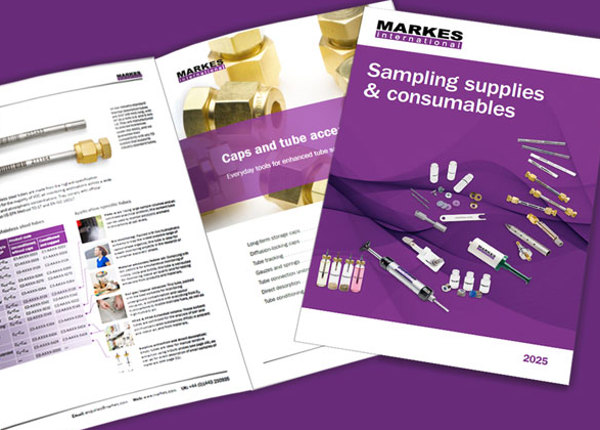Content hub
From application notes to blogs, news items to infographics, we've got a wealth of advice about VOC and SVOC analysis that we'd like to share with you. Simply use the search function or use the drop-down selectors to filter by content type, sampling method and/or application area to discover more.

Mastering sorptive extraction for GC–MS
Explore
PFAS in air: Validating ASTM D8591 for the measurement of airborne fluorotelomer alcohols
Application Note 179
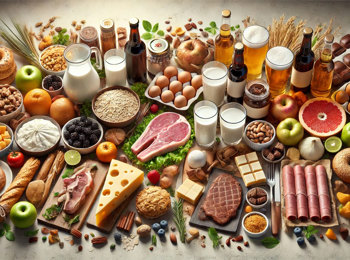
Aroma profiling and sensory analysis: The role of volatile organic compounds in foods
Explore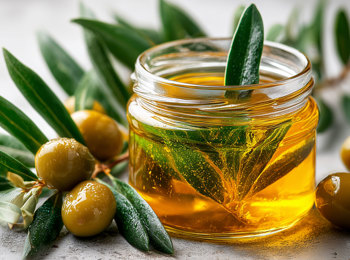
Identifying olive oil quality markers by HiSorb and GC–MS with ChromCompare+ data-mining
Application Note 294
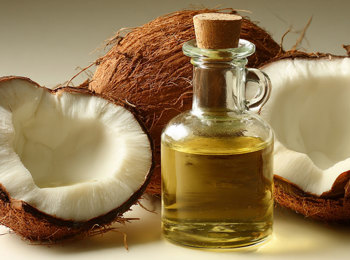
Enhanced detection of adulterants in coconut oil with HiSorb high-capacity sorptive extraction and Smart Subtract
Application Note 293
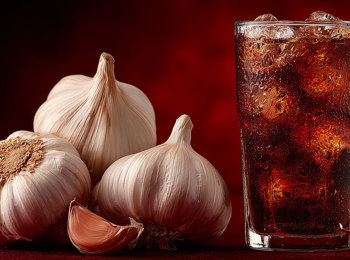
Overcoming limitations in food analysis with cryogen-free trap focusing
LCGC: The Column, Sept 2025
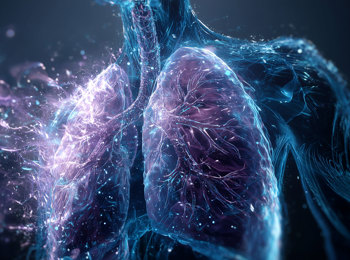
Breath, biofluids, and beyond: Advancing biomarker discovery toward non-invasive diagnostics
Researchers from Imperial College, London present how advanced analytical workflows originally developed for breath analysis are now being extended across diverse biological matrices.
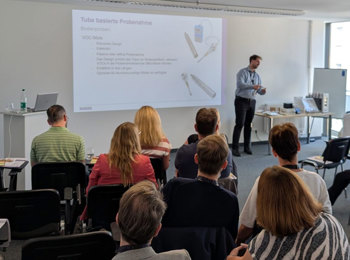
TD–GC–MS in practice – key takeaways on sampling and analysis
From Markes and Agilent Technologies joint workshop – Improving GC–MS capability: sampling strategies and analytical techniques for trace volatile analysis – in Germany (July 2025)

Snow DUMP-ing: Using direct TD–GC–MS to tackle urban snow and microplastic pollution
A solvent free, direct thermal desorption (TD) GC-MS approach for analysing particulates in snow, eliminating toxic solvents and reducing sample prep time.
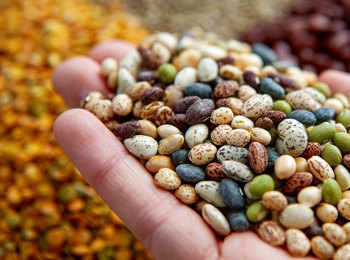
Using automated sorptive extraction to detect trace-level odour-active compounds in plant-based foods
Aroma Chemistry Group, Research Institutes of Sweden (RISE)

Detection of ethylene oxide in medical equipment by headspace–trap with multi-step enrichment and GC–MS
Application Note 292

A straightforward method for the analysis of PAHs in water by high-capacity sorptive extraction and TD–GC–MS
Application Note 291
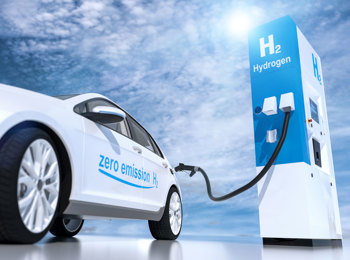
Why ASTM D7892-2025 is a game-changer for hydrogen purity testing
30 July 2025
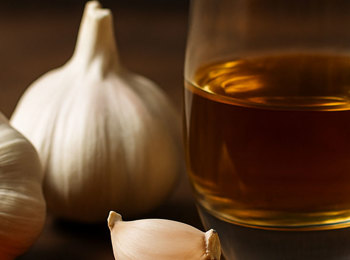
Seven surprising aroma insights from "The Science of Taste" at Greenwich
Exploring the science of flavour at Greenwich | 21 July 2025
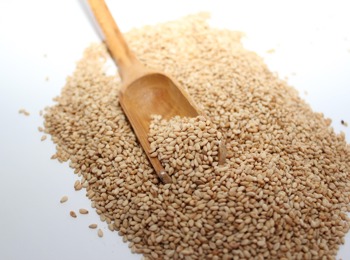
Detection of residual ethylene oxide and epichlorohydrin in foodstuffs using automated multi-step enrichment–headspace–trap with GC–MS/MS
Application Note 290
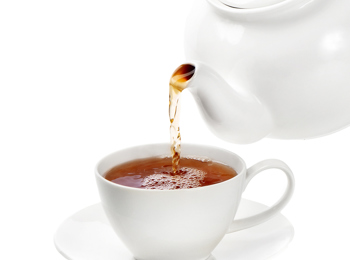
Unlocking the secrets of flavour - VOC profiling for food quality and authenticity
LCGC: The Column, June 2025
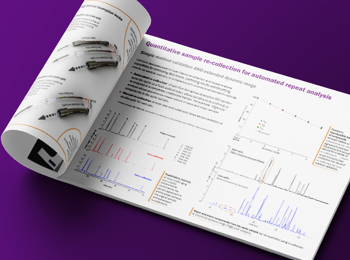
Automated HiSorb high-capacity sorptive extraction for Centri 90
Explore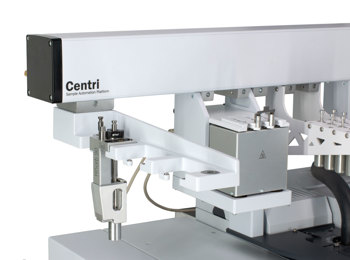
Expanding automated sorptive extraction capabilities for GC–MS
Automated high-capacity sorptive extraction enhances GC–MS sensitivity, throughput, and flexibility.

